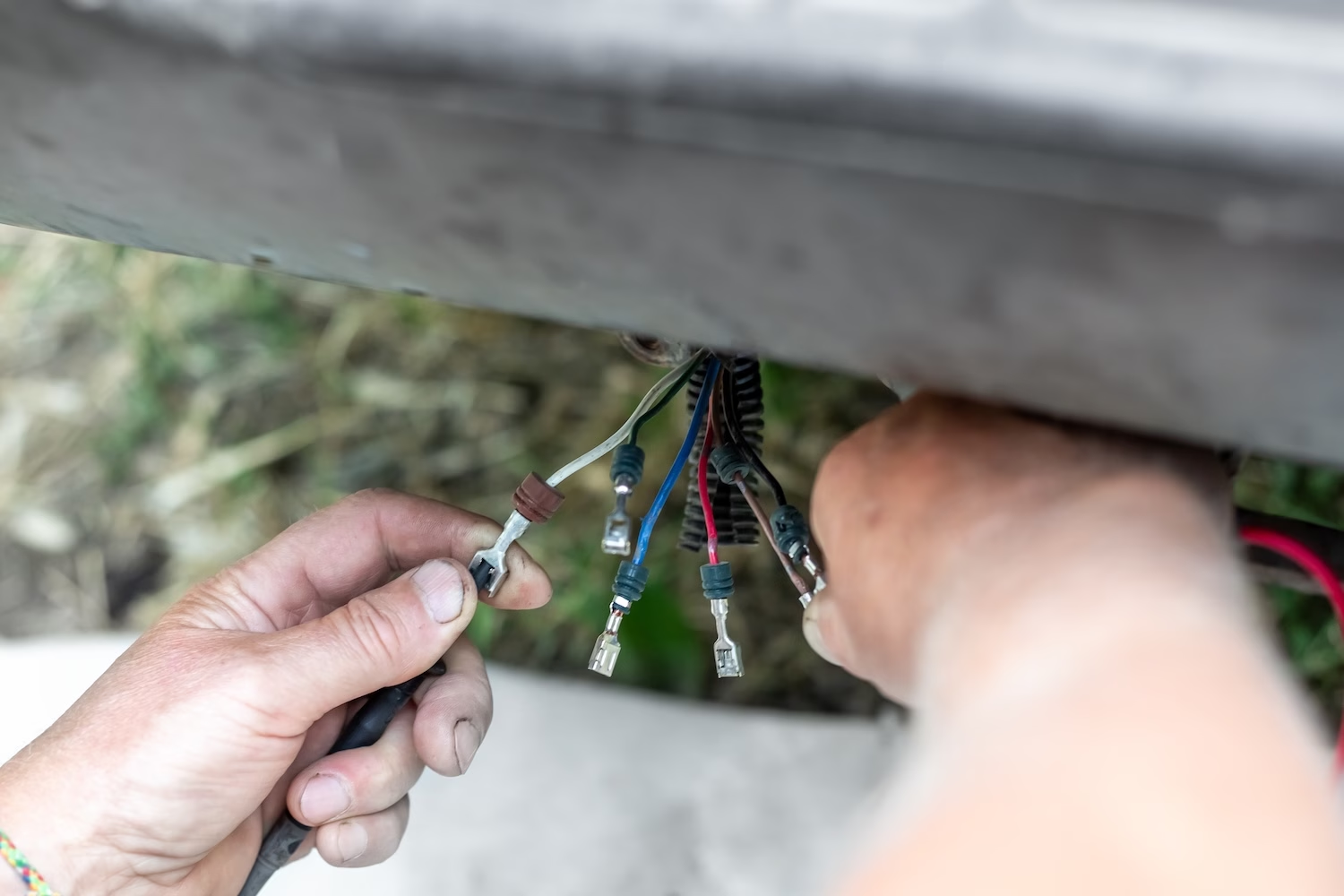Are you an outdoor enthusiast, a camper, or someone who loves road trips? A trailer hitch can unlock a world of possibilities for your vehicle. Whether you’re towing a camper, a bike rack, or a small trailer, a hitch is a versatile addition that can enhance your adventures.
With that in mind, this guide will walk you through the step-by-step process of installing a trailer hitch on your car. It will cover everything from choosing the right hitch to tightening the final bolt. So, grab your tools and get started.
1. Choose the Right Hitch for Your Car
Selecting the appropriate trailer hitch is crucial as it ensures your car can handle the intended load safely. Trailer hitches and other towing equipment, are categorized by class, ranging from Class I to Class V, with each class indicating a different weight capacity. Class I and II hitches, designed for lighter loads, are generally suitable for sedans, compact SUVs, and small crossovers. These classes are perfect for tasks like carrying bikes or small cargo carriers.
On the other hand, larger vehicles like trucks and full-sized SUVs can often support higher-class hitches, such as Class III, IV, or even V, which can manage heavier loads, including trailers or boats. Before purchasing, consult your vehicle’s manual or speak with a professional to ensure you’re choosing a hitch that’s compatible with your car’s make, model, and towing capacity.
2. Gather Tools and Materials
The correct garage tools will make the installation smoother and safer. At a minimum, you’ll need a socket wrench, a torque wrench, and a screwdriver. These essential tools allow you to fasten the hitch to the car’s frame securely. Some installations might require a drill, especially if your vehicle doesn’t have pre-drilled mounting holes and a set of drill bits suitable for your vehicle’s frame material.
Buying a hitch kit typically comes with all the necessary bolts, brackets, and mounting hardware. Review the kit’s contents before you start, ensuring you have everything necessary for complete installation.
3. Prepare Your Vehicle
Proper preparation is essential for a safe installation process. Begin by parking your car on a level surface; this will provide stability and ease when positioning and installing the hitch. Engage the parking brake to prevent any accidental…
Click Here to Read the Full Original Article at Paddock Magazine…

